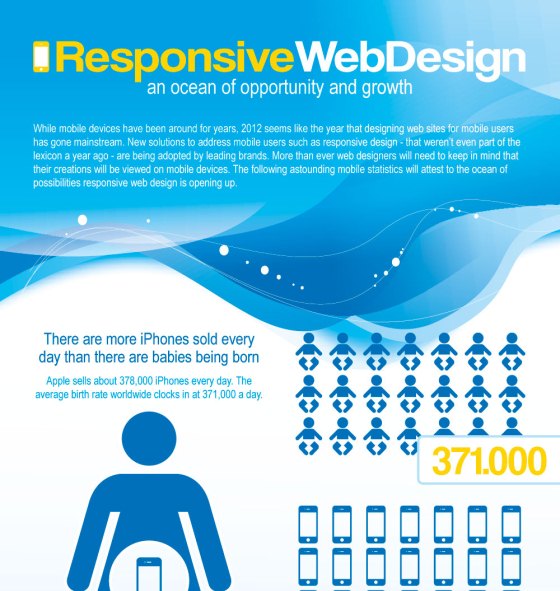Fundamental Aspects Of Web Design: Standards For Developing A User-Centric Website
Fundamental Aspects Of Web Design: Standards For Developing A User-Centric Website
Blog Article
Composed By-Le Devine
When it concerns website style, making certain user-friendliness is crucial. From responsive layout to streamlined navigation, every element plays an essential duty in producing a site that caters to your audience's needs. But what concerning the better details that can make or break a customer's surfing experience? Keep tuned as we discover some often-overlooked suggestions that can boost your site's use to the following level, making it absolutely stand out in the digital landscape.
Importance of Responsive Layout
Receptive style is a critical facet of modern web site advancement. Ensuring your web site is responsive means that it can adjust to different display sizes and tools, supplying a seamless experience for customers.
With the boosting use of smart devices and tablet computers to access the internet, having a responsive layout is vital for getting to a wider audience. It aids in enhancing user experience by making your internet site very easy to navigate and read on any tool.
Furthermore, responsive style can positively affect your search engine rankings, as online search engine like Google focus on mobile-friendly websites. By having a responsive layout, you're additionally future-proofing your web site, as new tools with differing screen sizes continue to arise.
Simplify Navigation Structure
To boost user experience and help with very easy accessibility to details on your website, improving the navigation structure is critical. When developing Highly recommended Web-site , focus on producing a clear and intuitive navigating menu that aids site visitors discover what they're looking for rapidly.
Restriction the variety of menu things to the basics, grouping relevant web pages with each other to avoid overwhelming individuals. Use detailed labels that clearly suggest the web content of each web page, making it simpler for customers to comprehend where each link will take them.
Take into consideration carrying out dropdown menus for subcategories to stop jumbling the primary navigating bar. Additionally, include a search bar prominently on the web page for individuals that favor searching for certain info.
Prioritize mobile responsiveness in your navigating design to ensure easy access on all devices.
Maximize Page Load Speed
Improving page lots speed is important for preserving visitors on your internet site. Slow-loading web pages frustrate users and can bring about high bounce rates. To Read Even more , begin by optimizing photos. Compress photos without compromising high quality to reduce their documents sizes.
Additionally, make it possible for internet browser caching to store frequently accessed resources locally, quickening lots times for returning site visitors. Minify CSS, JavaScript, and HTML files by eliminating unnecessary characters, comments, and formatting, enhancing lots rate.
Consider making use of a content delivery network (CDN) to distribute your site's web content across multiple servers worldwide, reducing latency for users accessing your site from various places. Finally, limit the use of third-party scripts and plugins, as they can considerably influence load times.
Verdict
Finally, by including receptive style, streamlining navigation, and maximizing page load speed, you can create an user-friendly web site that interest a broader audience and boosts customer experience. These essential elements ensure that visitors can conveniently accessibility and browse your site throughout various tools, leading to boosted engagement and contentment. By focusing on these key facets, you can build an effective web site that maintains customers coming back for even more.
